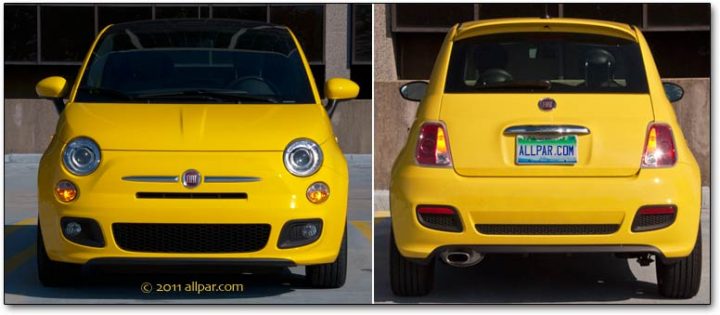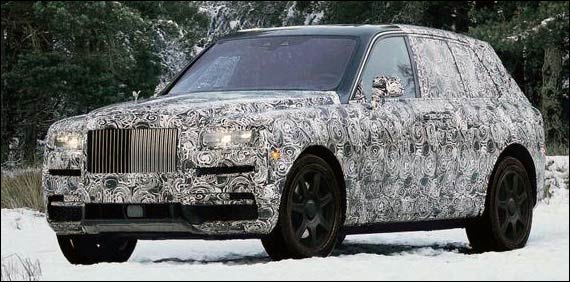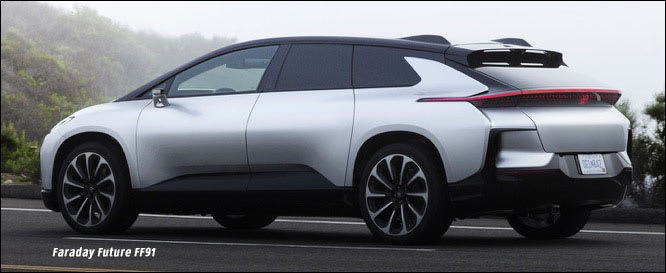
Automakers announced their United States sales for February. If you sort the brand sales, at the very bottom, you will find some surprises.
First is Smart, which sells a cheap car with terrible safety ratings, midgrade fuel economy, and mediocre acceleration — but it’s easy to park. Last February, Daimler managed to sell 348 of them; this February, they sold just 106. Surely it’s time to pull the plug? It can’t possibly even break even. A single prime-time TV commercial costs as much as five or six Smarts.

Fiat is another, with 1,241 sales for the month. That’s far, far better than Smart, but it’s hard to believe they’re making money. Sales are actually down by 42% from last year, which they were already too low. Why are they still here? Largely, one suspects, because FCA figures they need a backup plan in case gas prices go up, and because they’re trying one thing after another to boost sales — more free stuff, turbos for all, more sales locations. Also, if Fiat leaves, so does the 500e, which resolves California requirements for FCA.
Genesis is at 1,363 despite glowing reviews, and is also down around 14%. Genesis, though, is like Alfa Romeo, a bet on the future — a future when many think that midlevel mass-production cars will be finding few buyers, but sports and luxury cars will be doing well. Thus, Alfa’s 1,568 sales are just fine, thank you.
The Mini was down to 3,065 sales, which is probably sustainable given global engineering and a continued lack of mainstream advertising. Mini’s distribution is shared with BMW, reducing costs, and so far the company hasn’t had to discount much.

There are other brands with minimal sales, but each has a raison d’être and is probably profitable. Maserati’s pitiable 931 sales are mainly for two cars, the Quattroporte and Ghibli, which are based on Chrysler’s groundwork, and sell for good money — though the Ghibli, which is closer to the 300C in size, has been discounted rather heavily. Rolls-Royce, an adapted German car, can get by easily on 112 sales per month, with minimal engineering; the same goes for Bentley (165 sales). Porsche’s joining with VW and Audi helps it stay ahead even as it goes more mainstream, and its 4,382 sales are probably quite healthy.
Likewise, Lincoln can probably profit even with 6,700 sales, given its high level of sharing with Ford. Jaguar is a bigger question; its 2,185 sales brought in a good profit, but what Tata Land Rover models does Jaguar share with? Lamborghini and McLaren, meanwhile, sell very few cars, but each one goes for a huge sum of cash — like the “English” Rolls and Bentley, but without quite so much sharing with Volkswagen and BMW.

Tesla is unlikely to earn a profit from its estimated 6,000 sales, though a good many of those are high-end luxury-sport cars. Indeed, so far Tesla has yet to earn an annual profit, and its quarterly profits only came about because it sells fuel-economy credits to other automakers. Tesla is soon to face a double whammy — Fiat Chrysler will have to buy fewer credits as it phases in more efficient SUVs and trucks, and the government’s $7,500 tax credit is to run out. Speaking of which, one does wonder how Karma and Faraday plan to profit, when Tesla can’t; maybe by being more focused and less ambitious?

David Zatz has been writing about cars and trucks since the early 1990s, including books on the Dodge Viper, classic Jeeps, and Chrysler minivans. He also writes on organizational development and business at toolpack.com and covers Mac statistics software at macstats.org. David has been quoted by the New York Times, the Daily Telegraph, the Detroit News, and USA Today.

Guess one grand failure in the U.S. wasn’t enough for Fiat (Found In A Trench, or Fix It Again Tony).
To me it’s to believe that Chrysler and fiat can make any on anything they still haven’t figured there vehicles metals yet there the worst when it comes to rust.and they still haven’t figured out that vehicles need primer under the paint,the only thing they have going for them is they do have a strong motor,which they will probably screw up by changing it.